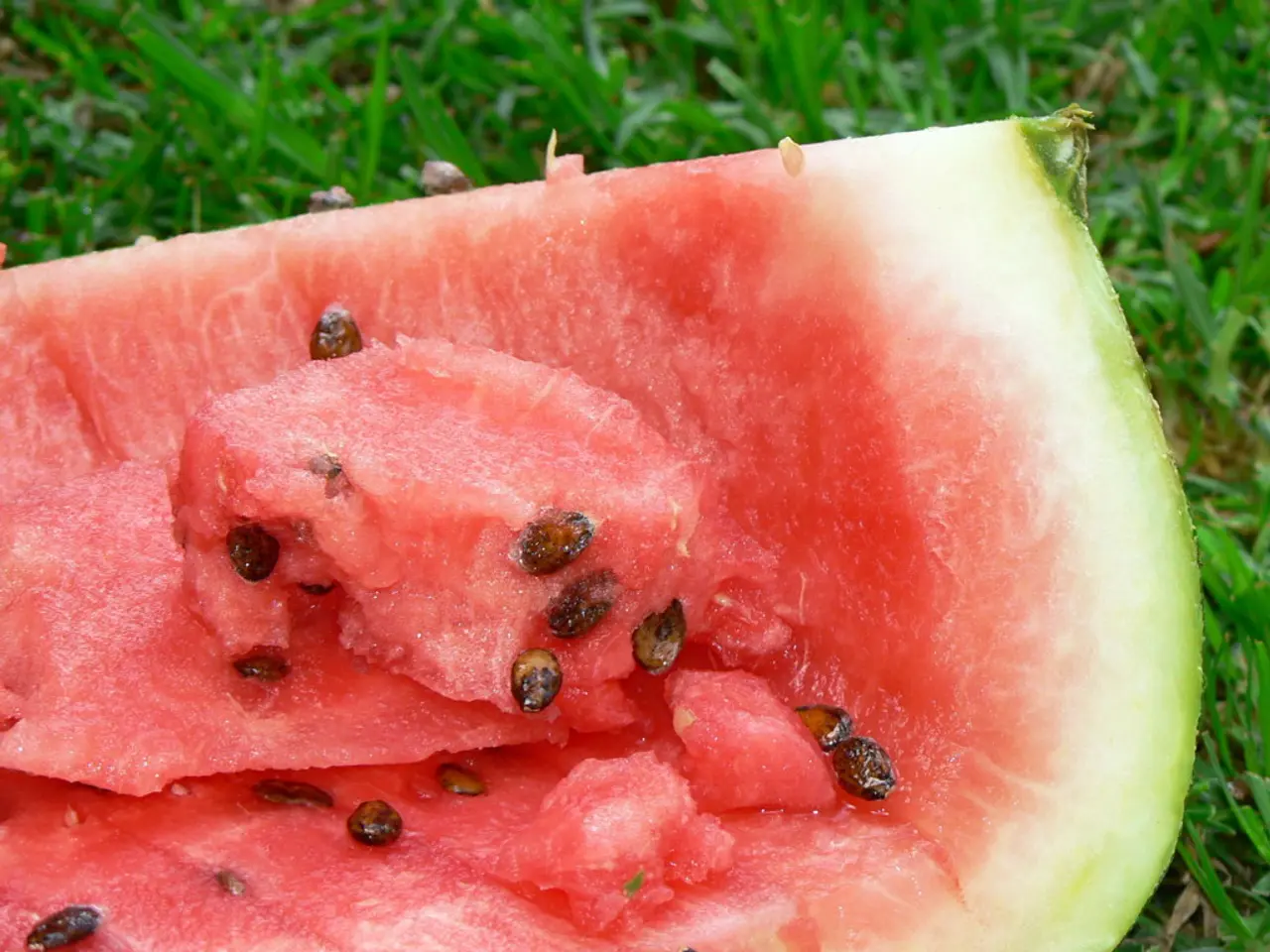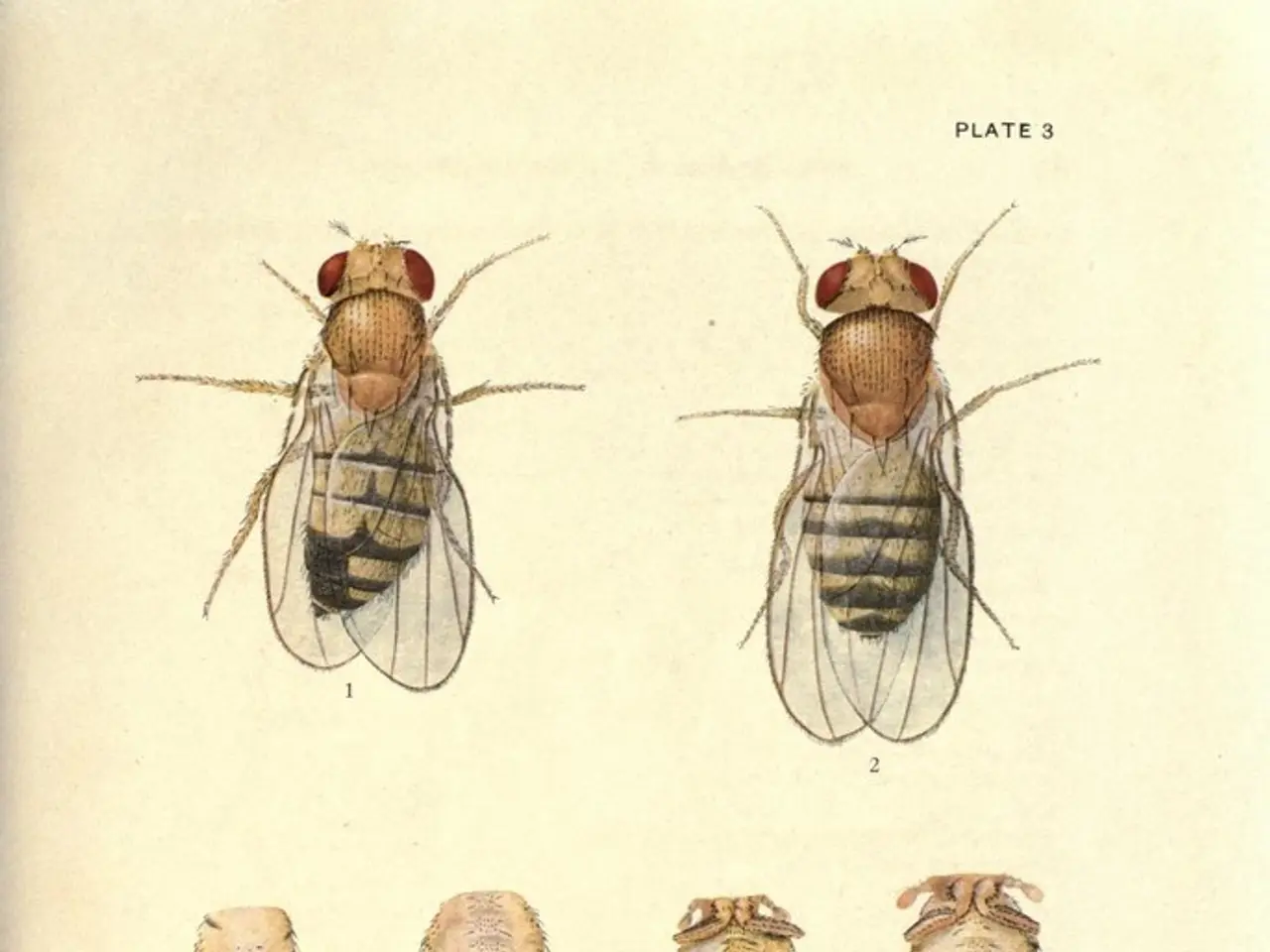Eradicating Annoying Fungus Gnats in Terrariums: Effective Solutions Unveiled
Freakin' fungus gnats are the peskiest little winged fertilizers that adore moist terrarium conditions. If you've seen tiny flies fluttering around the interior of the glass, you might be dealing with these annoying critters.
Forget about fresh air and sunshine, as these gnats can invade terrariums through multiple channels, such as substrate, plants, or even directly airborne invasions. They multiply like crazy, so it's essential to nip the infestation in the bud.
I've had my fair share of fungus gnat battles — even giving away some infected terrariums to friends. But don't worry, I managed to conquer them, and I'm here to pass on that knowledge. Let's get rid of these gnats and restore the health of your terrariums!
Sayonara to fungus gnats, hola to healthy terrariums! Let's dive in.
Five Badass Ways to Crush Your Fungus Gnat Issue:
1. Predatory Mites:Here's the thing — when I had an epic gnat invasion, I desperately needed a solution, and fast! To my surprise, the most effective method I found were predatory mites.
Yes, adding more bugs to an infested terrarium might feel gross, but these critters have only one mission: pest control! They expertly annihilate gnat larvae, attacking the source of the problem. In a few days, you'll notice a significant difference, and by the second week, there will be no more gnats!
I've shared this solution with everyone caring for one of my infected terrariums, and they all had similar results. Disaster averted!
👉 I used these tiny mites from Amazon.
Contrary to my worries, the springtail population stayed booming, so there's a bonus win!
If you have a big tank terrarium and an enormous gnat issue, opt for the Fungus Gnat Eradicator Mix. It includes predatory mites, rove beetles, and various beneficial microfauna and microflora, tackling the gnat from multiple angles and keeping them at bay long-term.
Nematodes are another option, but I've never tried them myself.
2. Vinegar Traps:As the gnats plagued my home, we also tried setting up vinegar traps around the room. These helped reduce the gnat numbers. Most mornings, we'd wake up to find a bunch of gnats floating in the cup, so it might be worth setting one up inside your terrarium if the infestation is rampant (and you have the room).
Essentially, you add some vinegar into a cup, cover it with cellophane, and poke holes in the top so the gnats can get in, but can't escape.
Crude, yes, but effective.
Just make sure the holes are small enough to prevent any clever isopods from getting in.
3. Sticky Tape:An alternative to vinegar traps is the timeless sticky tape trap. These pesky gnats are attracted to the tape, and once they land, well, they're stuck. Keep in mind that you must ensure it won't catch your beneficial bugs.
If you can DIY it, I'd recommend suspending the tape from the inside of the lid. That way, only the flying pests can reach it, and your cleanup crew remains safe.
4. Carnivorous Plants:Yes, this is a more long-term strategy, but carnivorous plants can help deter fungus gnats. There's a wide variety of carnivorous plants out there, with varying degrees of suitability for terrariums. Sundews or Pinguicula (also known as "Pings") are suitable options, as they are small, easy to care for, and adapted to terrarium conditions. Pitcher plants can work too, if you have the space for them.
5. Dry it Out / Wait it Out:Since fungus gnats thrive in moist environments, reducing humidity and moisture in the terrarium should limit their breeding grounds. Doing this over time should slow their spread.
However, it's crucial to be cautious with this approach, especially with tropical terrariums. If you dry things out too much, your plants will wither away.
Besides controlling moisture and avoiding excess plant watering, ensuring proper air circulation can help reduce both humidity and gnat infestations. Open windows or use fans to create better airflow.
considering the infestation, adding predatory mites to the terrarium could be beneficial, as they are expert at annihilating gnat larvae, thus tackling the root problem.
setting up vinegar traps around the room or inside the terrarium (if possible) can help reduce the gnat numbers by attracting and trapping them.








